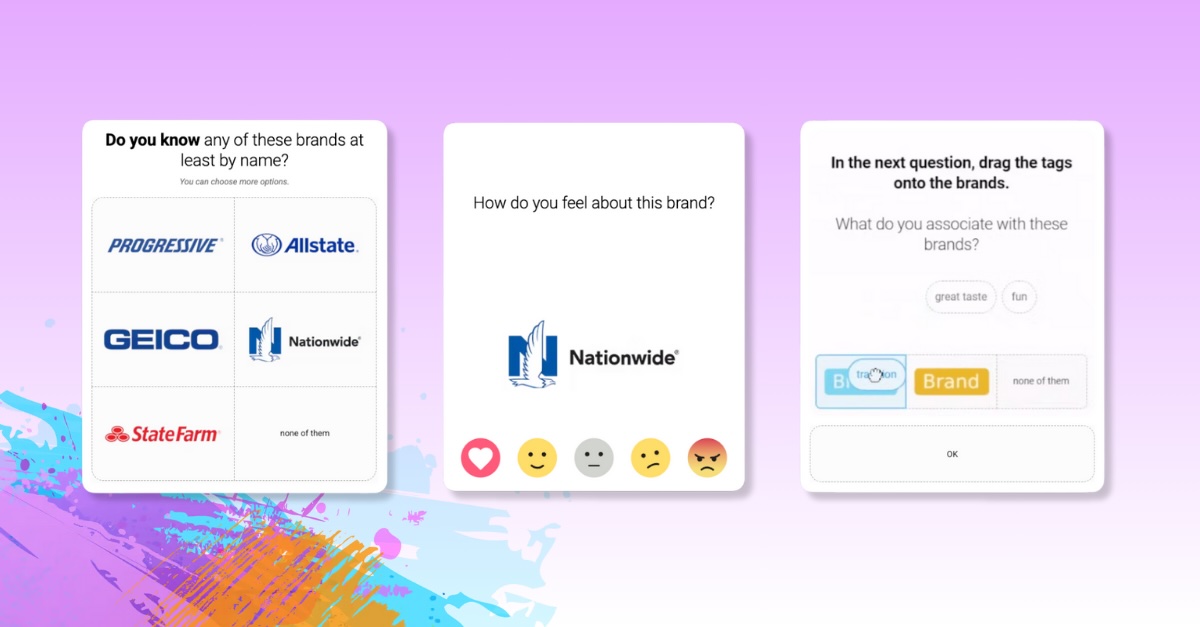Sample & data collection
Sample size
We use a large sample size of 500 respondents per pre-test, 1000 respondents per post-test. Our methodology employs A/B testing, where separate participant groups assess different moments of the ad to accurately measure performance fluctuations.
Respondents are selected according to quotas based on age, education, gender, and region to ensure statistically significant results.
What are samples made of?
The standard in our testing uses samples that are representative of the country’s online population. Respondents are randomly selected to precisely reflect the characteristics and distribution (quotas) of the online population, including age, gender, geography, and socio-economic status. Simply put, you can generalize the results as a reflection of what the online population thinks.
And what does the “online population” mean? It includes all people who have used the internet at least once in the past few months. That’s practically the majority of the overall population in most of the countries we cover.
Where do we get respondents?
We use online panels managed by our partners in your country. These partners specialize in consumer research, surveys, and data collection, reaching millions of respondents worldwide. In the USA, for example, we cooperate with Cint, which has nearly 30 million respondents in its US panel. Over the years, we have also built our own panel for surveys in Czechia.
Respondents are recruited through diverse channels and methods, ensuring representation from all parts of the country, social strata, and groups. When they register for a panel, their identity is validated through multiple methods, such as phone calls, emails, and verifying bank account existence. As a reward for sharing their opinions and time, respondents receive compensation for each questionnaire they complete.
How do we collect the data?
We use the industry-standard CAWI procedure (Computer-Assisted Web Interviewing): collecting data through online questionnaires sent to respondents in online panels. Respondents open the questionnaire in a browser or app on any device (PC, mobile, tablet) and complete a set of questions.
People enjoy our research thanks to the frequent use of icons, pictures, and logos. More importantly, we rely on various techniques based on behavioral science to tap into the subconscious and minimize cognitive biases.
Our approach, in one sentence, is: Task, don’t ask. Like other industry-standard surveys, we implement randomization to ensure reliable results.
Want to see what a questionnaire looks like for the respondents? Click here and go through it yourself.

